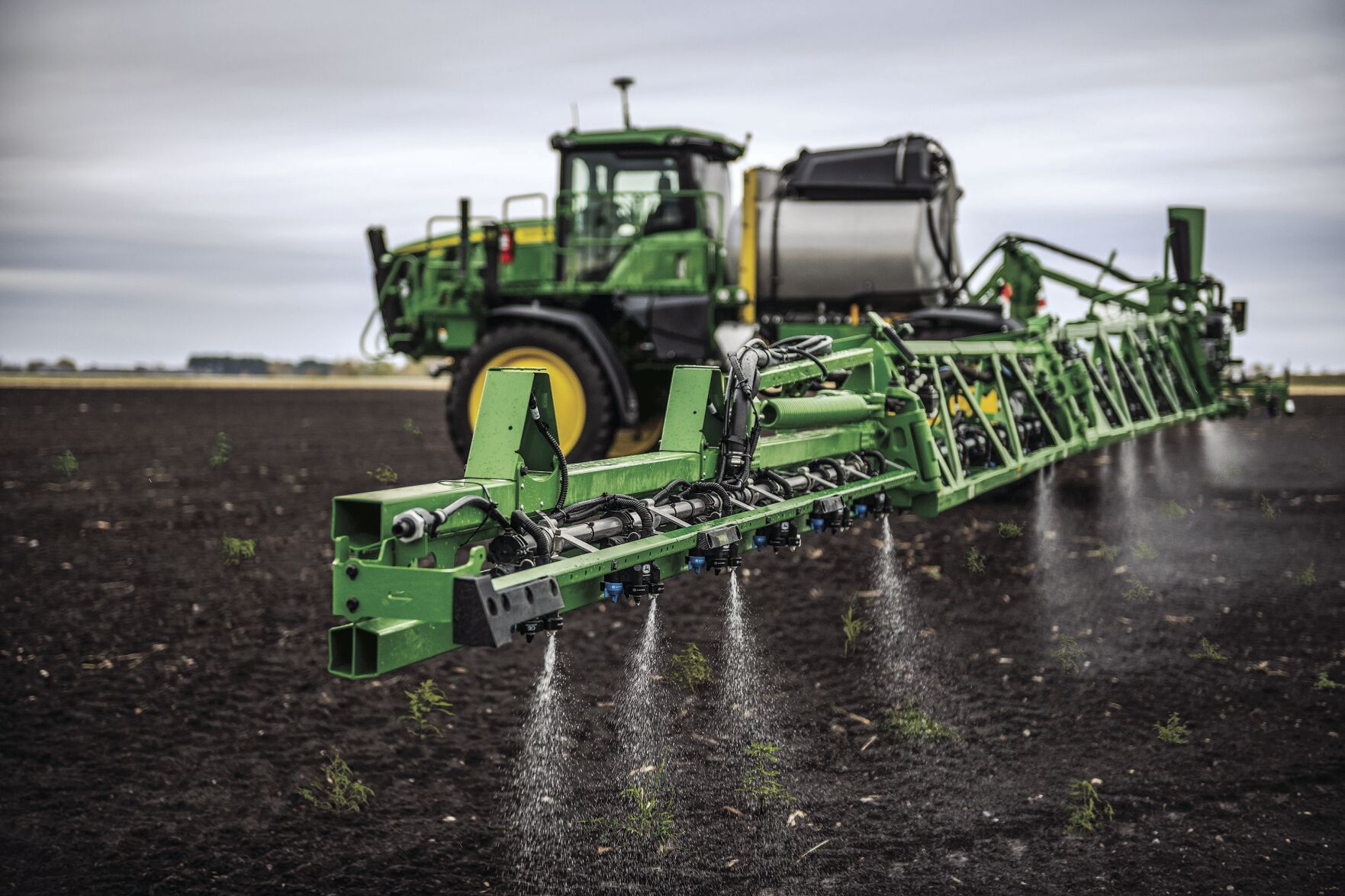Although herbicides are a necessary tool for most farms, applications during perfect weather is difficult. Herbicide drift can occur due to adverse winds or even during temperature inversions with no wind.
When applying herbicides the following strategies can reduce the potential for drifting:
- Know the wind speed and direction. Apply herbicides when wind speeds are below 9 miles per hour and are blowing away from sensitive areas.
- Lower the boom. Lowering spray booms reduces the time the spray droplets are suspended in the air and reduces drift potential.
- Reduce application pressure. Reducing water pressure coming out of the spray booms makes water droplets larger, which are heavier and less prone to moving with wind.
- Change nozzles. Drift-reduction nozzles are now made which produces larger water droplets, which drift less.
- Drift reduction agents. These products are adjuvants that reduce drift potentials by making larger, heavier water droplets which fall to the ground faster.
While wind speed is the most common cause of herbicide drift, air temperature inversions can also keep applied herbicides suspended in the air and move them into a sensitive area. Temperature inversions occur when wind speeds are 0 and cool air is trapped under warmer air.
An easy way to spot temperature inversion conditions: watch vehicles travel along a gravel road. If the dust rises slightly and stops without moving off the road, an inversion exists. Avoid applying herbicides during inversions. Herbicides that travel off-site won’t control weeds in the target area and can damage sensitive crops.
Ron Meyer is the Golden Plains area agronomist with Colorado State University Extension for Kit Carson County in Burlington.




